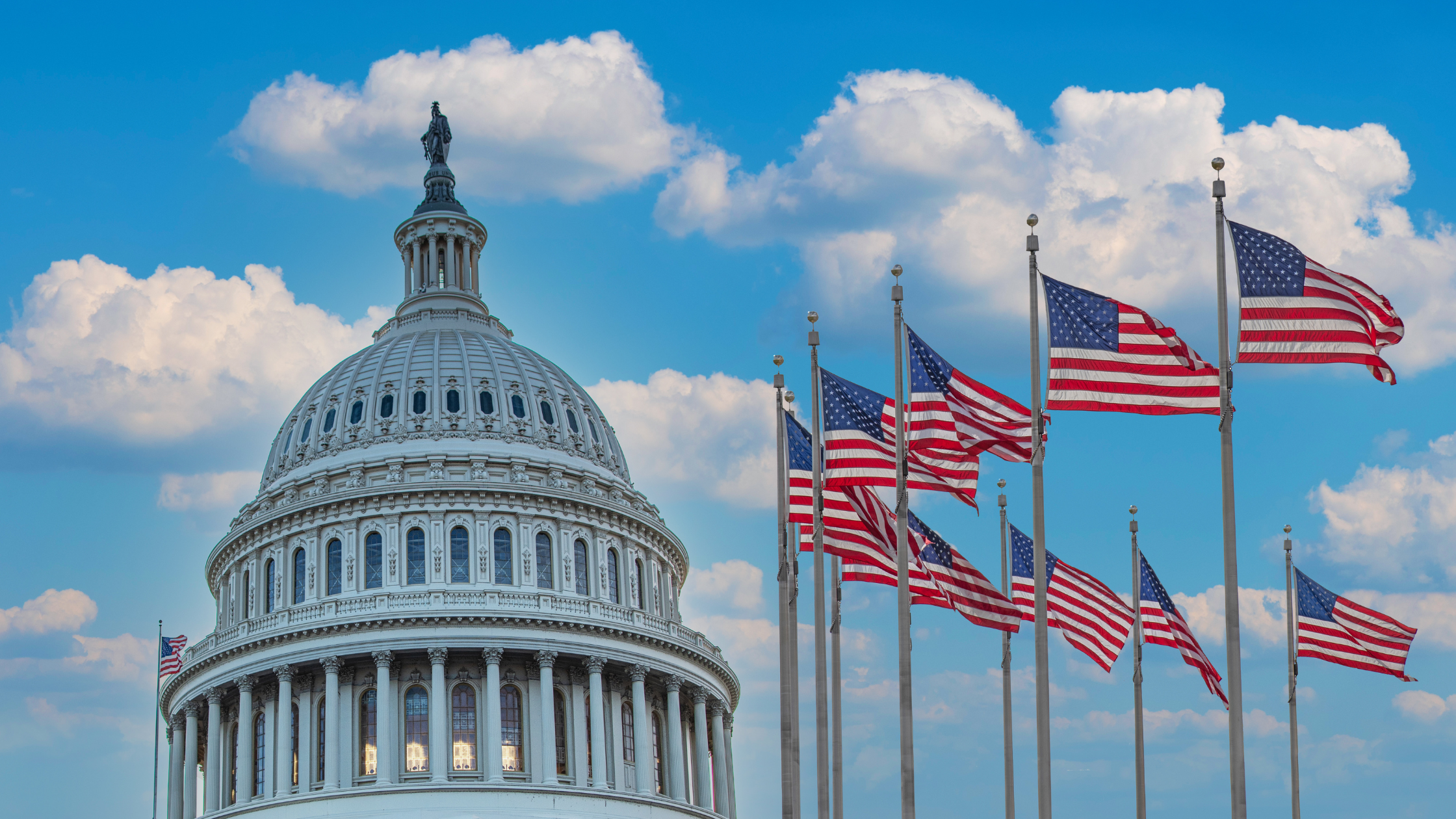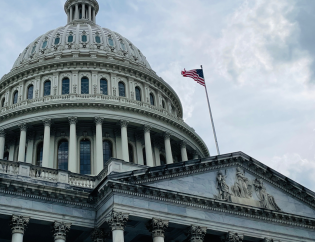
In the complicated landscape of U.S. fiscal policy, the term "debt ceiling" looms large, representing a critical aspect of the nation's financial framework. This extensive blog post aims to unravel the intricacies of the U.S. debt ceiling, exploring its definition, historical context, the impact on government operations, and the consequences of breaching this limit.
Understanding the U.S. Debt Ceiling:
- Defining the Debt Ceiling: The debt ceiling is a statutory limit set by Congress on the total amount of money that the U.S. government is allowed to borrow to meet its existing legal obligations. Essentially, it represents the cap on the national debt.
- Historical Context: The concept of a debt ceiling has deep historical roots, dating back to the early 20th century. We explore the origins of the debt ceiling and its evolution over time, shedding light on the motivations behind its establishment.
The Dynamics of the U.S. National Debt:
- Composition of National Debt: Before delving into the debt ceiling, it's crucial to understand the composition of the national debt. We break down the components, including public debt and intra-governmental holdings, to provide a comprehensive view.
- Factors Contributing to National Debt: Various factors contribute to the growth of the national debt. We analyze these factors, such as government spending, revenue, economic conditions, and the fiscal implications of events like wars and economic recessions.
The Debt Ceiling in Action:
- Debt Ceiling Suspensions and Increases: The debt ceiling is not a fixed figure but can be adjusted through legislative actions. We explore the mechanisms of suspending or increasing the debt ceiling, including the role of Congress and the potential political implications of these decisions.
- Consequences of Breaching the Debt Ceiling: If the U.S. were to breach the debt ceiling without congressional action, severe consequences could ensue. We discuss the potential impacts on government operations, financial markets, credit ratings, and the broader economy.
The Political Landscape:
- Debt Ceiling Debates: The issue of the debt ceiling often becomes a focal point of political debates and negotiations. We examine past instances of debt ceiling debates, exploring the dynamics between political parties, the implications for financial markets, and the role of public perception.
- Government Shutdowns and Fiscal Showdowns: Failure to reach a timely agreement on the debt ceiling can lead to government shutdowns and fiscal showdowns. We delve into the implications of such scenarios, including disruptions to government services, financial uncertainty, and potential economic repercussions.
Potential Solutions and Reforms:
- Debt Ceiling Reform Proposals: The recurring nature of debt ceiling debates has prompted discussions about potential reforms. We explore various proposals, including eliminating the debt ceiling altogether, implementing automatic adjustments, or changing the approval process to streamline decision-making.
- The Role of Fiscal Responsibility: Advocates for fiscal responsibility argue that addressing the root causes of the national debt is crucial. We discuss the importance of comprehensive fiscal policies that balance government spending and revenue to ensure long-term fiscal sustainability.
Conclusion:
In conclusion, the U.S. debt ceiling is a complex and contentious aspect of the nation's fiscal policy. Understanding its dynamics, historical context, and potential consequences is essential for citizens, policymakers, and investors alike. As the nation grapples with the ongoing challenge of managing its finances, informed discourse and strategic decision-making will play a pivotal role in shaping the trajectory of U.S. fiscal policy and its impact on the broader economy.








